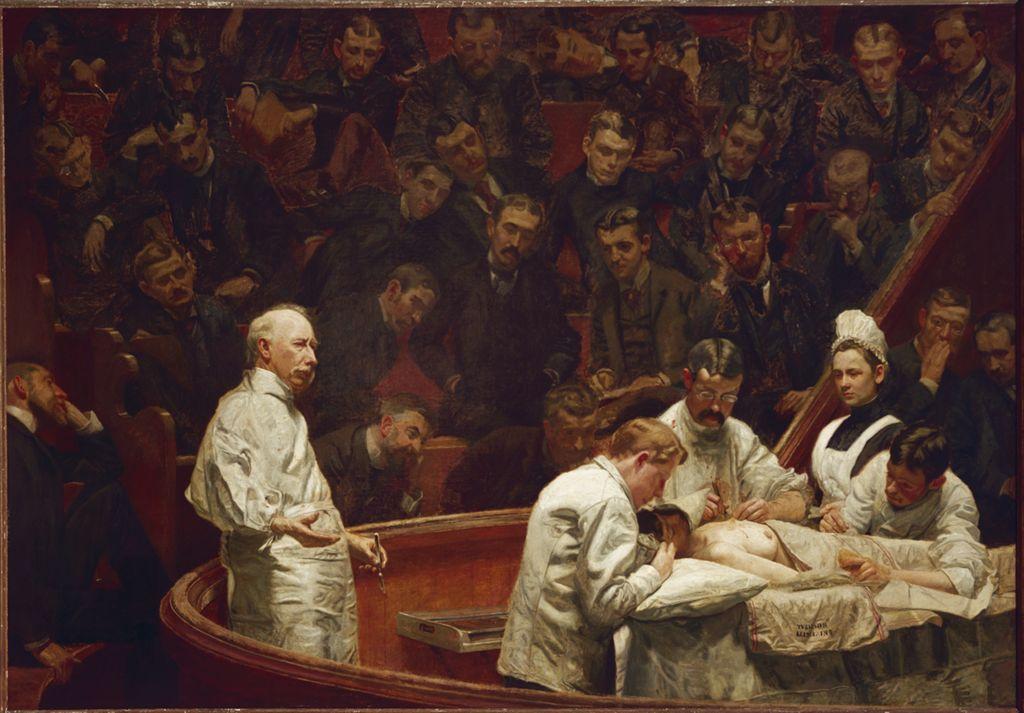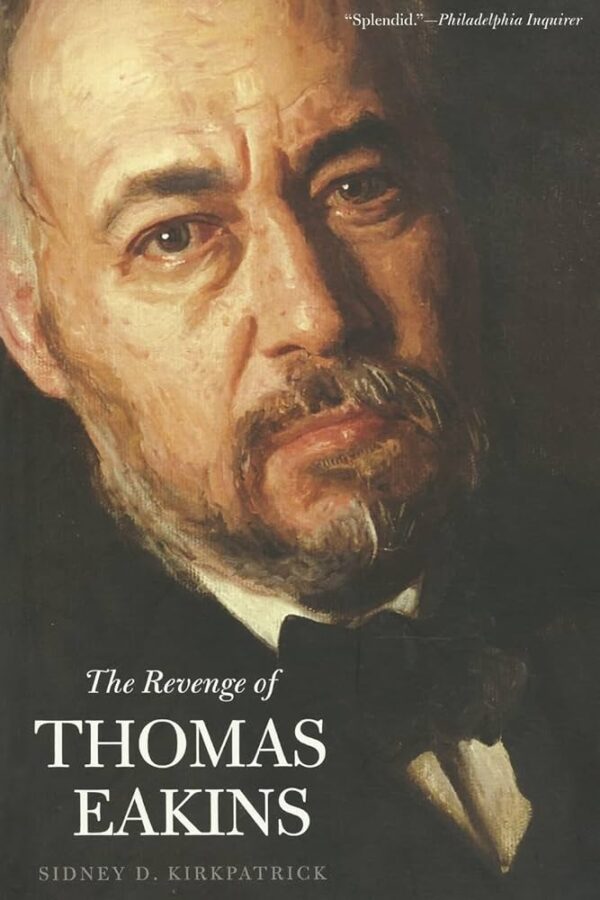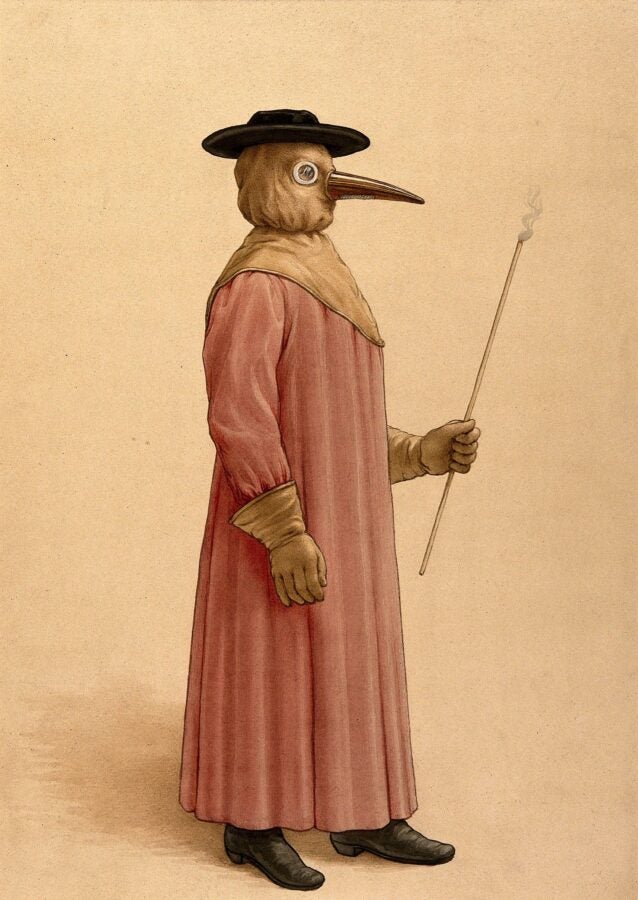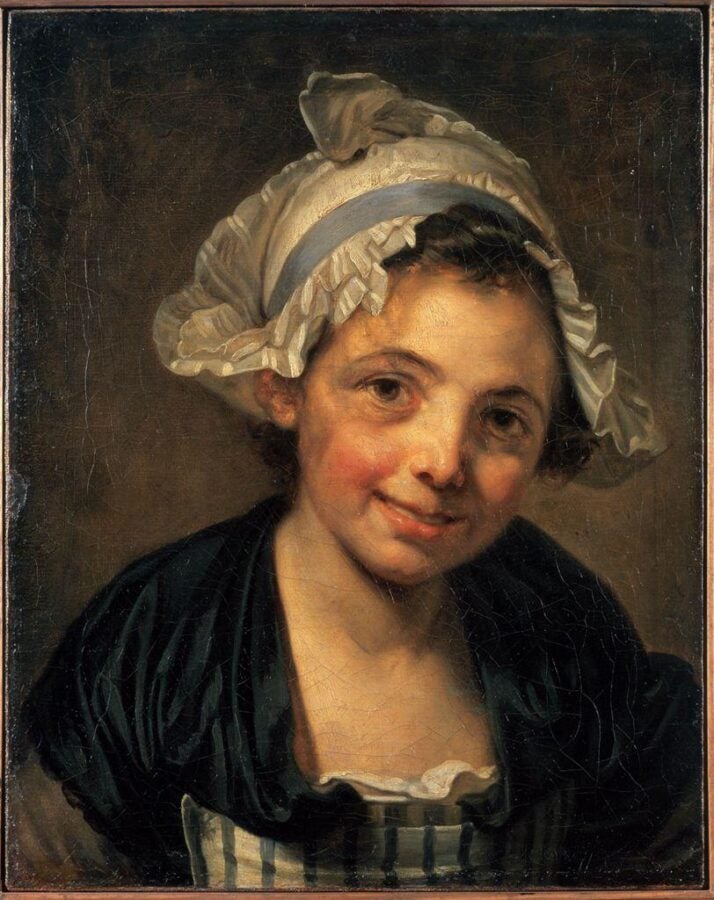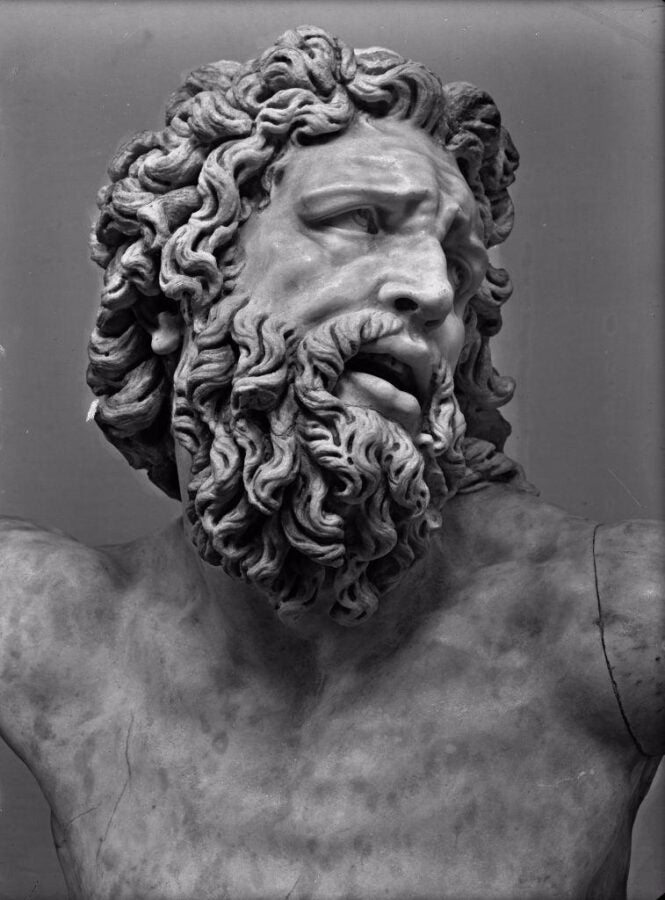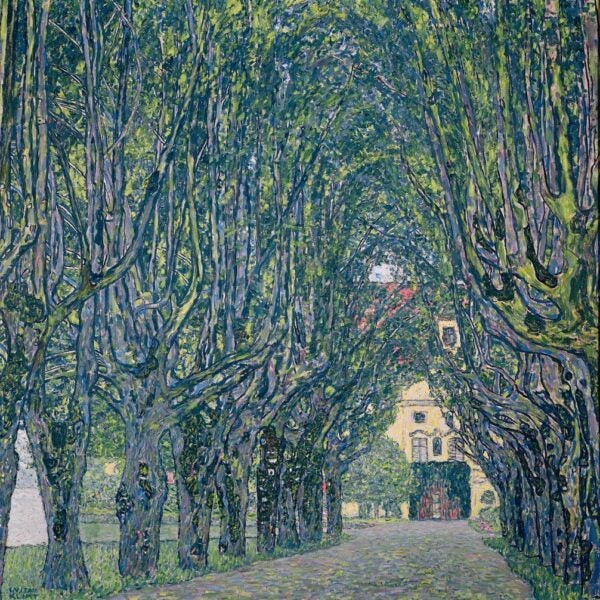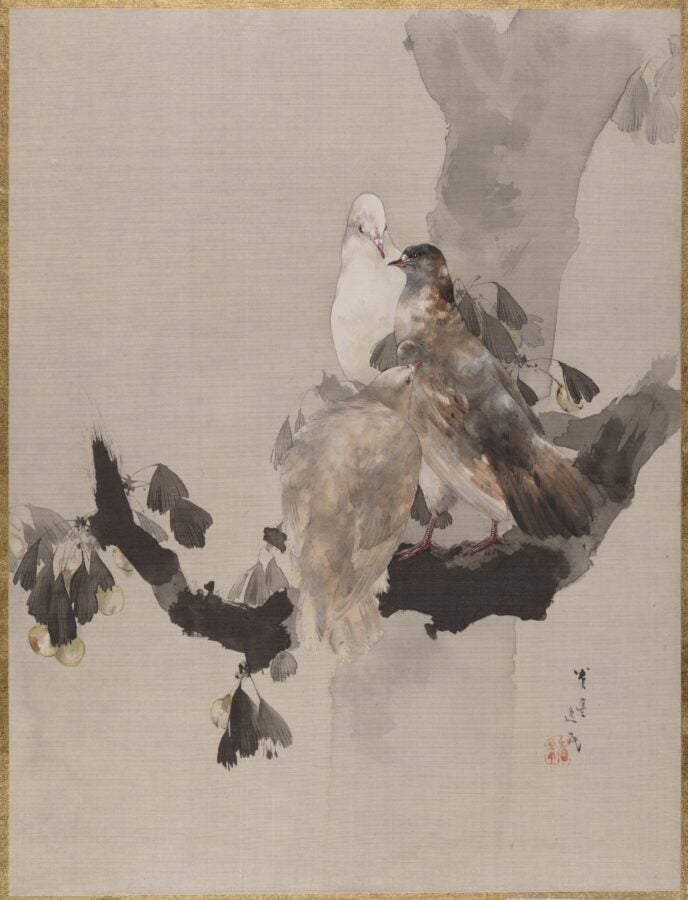Here are three examples that illustrate how the images in Artstor on JSTOR can be used to enhance the teaching and learning of medicine and medical history, along with two case studies, one by a medical librarian on the importance of art in medical education and another by the director of education at a university gallery about using digital images in a medical setting.
Pandemics and epidemics
The rapid rise of COVID-19 is a stark reminder that humanity is still dangerously susceptible to infectious diseases. Using Artstor on JSTOR, we explore the impact of pandemics and epidemics throughout history, as well as the ensuing developments in science and public health initiatives.
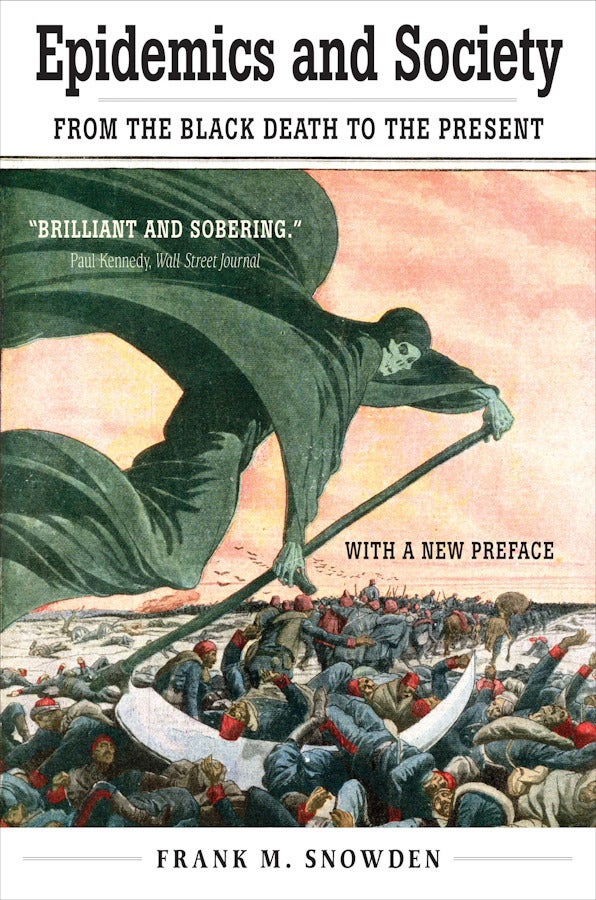
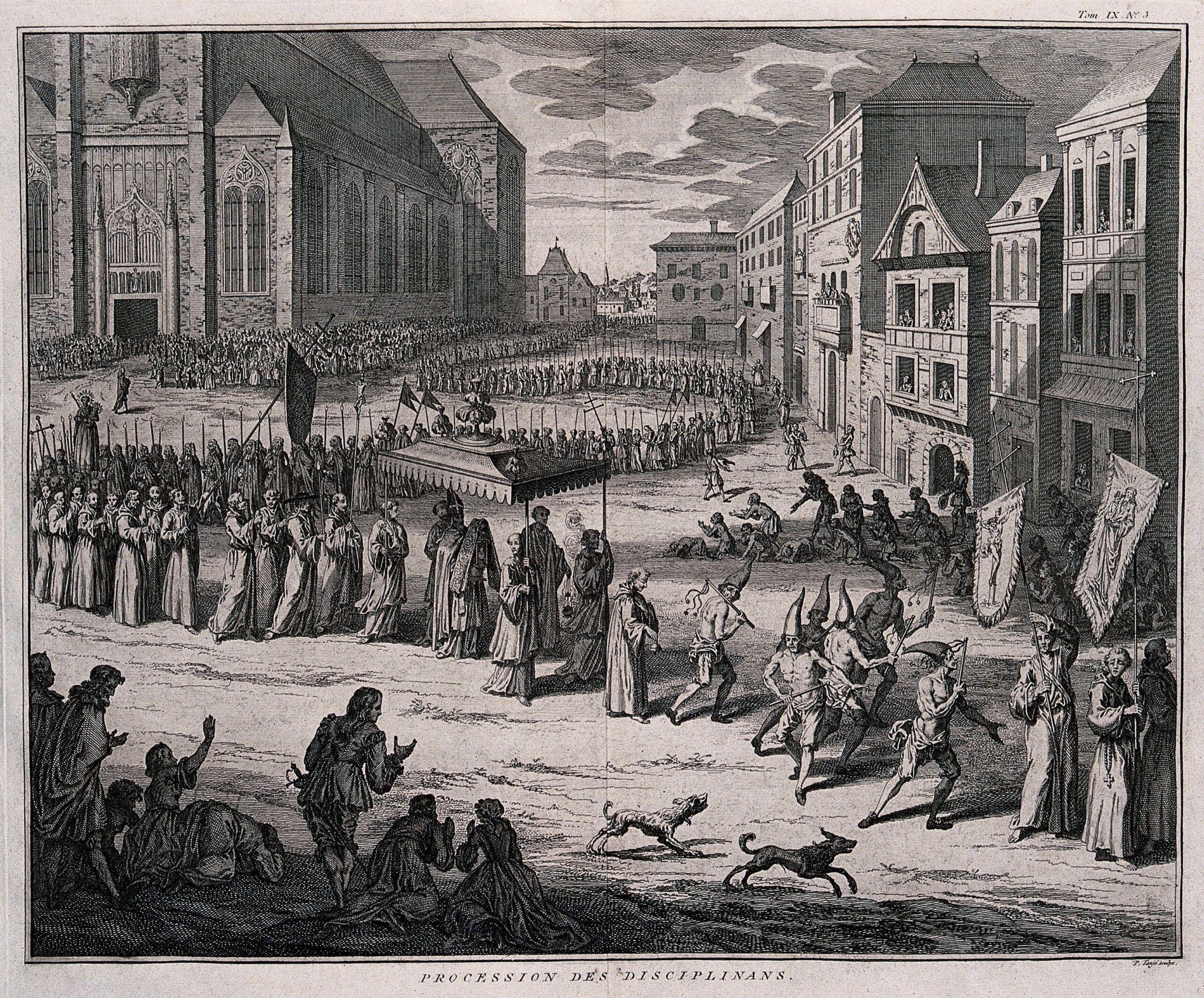
Thomas Eakins’ medical paintings and clinical fact
The controversial 19th-century painting genre of the operating theater, an arresting hybrid of fine art and the art of medicine, was exemplified by the work of American artist Thomas Eakins. An examination of some of the material details and differences between two of his masterpieces permits us to consider the most important developments in the field of surgery during the period.
The surprisingly painful origins of modern anesthesia
From the dangerous and highly unpredictable use of Mandrake in Greco-Roman medicine to the litigious commercial introduction of ether in the 19th century, anesthesia has had an ironically excruciating history, one amply recorded by artists through the ages.
Case studies
Enhancing visual acuity in medical education through the arts
Joseph Costello, Medical Librarian, Western Michigan University Homer Stryker M.D. School of Medicine
A medical librarian makes the case for why educators should integrate the humanities in comprehensive medical curricula.
Art at the Bedside: Research on the Healing Potential of the Visual Arts
Susan Dodge-Peters Daiss, McPherson Director of Education, Memorial Art Gallery of the University of Rochester
An educator asks, “What if the energy encountering artwork in a museum could be transported to the bedside? What if the visual arts had the potential to bring more than decoration to medical settings? What if they could bring comfort—deep comfort—and maybe even more?”
Do you use images on Artstor of JSTOR for teaching and learning of medicine and medical history? We’d love to collaborate and share your educational resources on the JSTOR blog platform.
